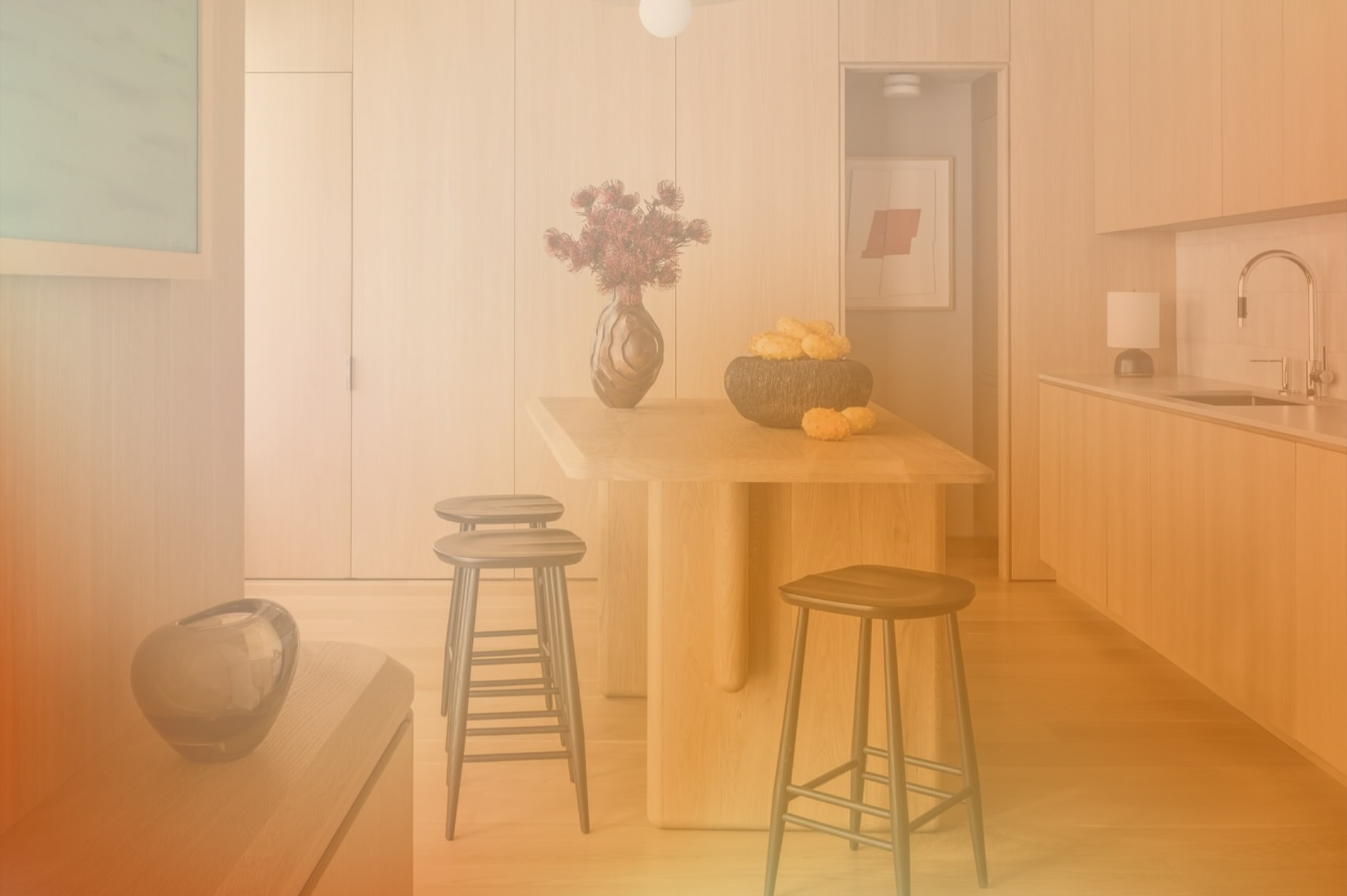Solving this "showroom footfall attribution" puzzle is vital for a holistic understanding of campaign performance. It allows marketers to truly measure the CPA (Cost Per Acquisition) to an in-store visit, optimize digital campaigns for driving physical traffic, and bridge the online-to-offline (O2O) gap for a more complete view of their marketing ROAS.
The Challenge of O2O Attribution in Furniture
The typical online-to-offline conversion path for furniture might look like this:
- Customer sees a social media ad for a new sofa collection (digital).
- Clicks to the website, browses for a bit, then leaves (digital).
- Later, remembers the collection and searches for "furniture store near me" or "[Brand Name] showroom" (digital, with offline intent).
- Visits the physical showroom, sits on the sofa, discusses with a sales associate (offline).
- May purchase in-store immediately, or go home and purchase online later (online or offline conversion).
Without robust attribution, the initial social media ad's contribution to the showroom visit (and potential sale) would be unknown.
Key Methods for Showroom Footfall Attribution
Several powerful tools and methods can help connect digital ad touchpoints with in-store visits:
- Google Ads Store Visit Conversions:
- How it Works: Google leverages aggregated, anonymized data from opted-in users who have Location History enabled on their devices. When a user who has been exposed to your Google Ads campaign (Search, Display, YouTube) physically visits your verified business location within a certain timeframe, Google attributes that visit to your ad. It uses machine learning to account for various factors like ad clicks, impressions, and location signals.
- Implementation:
- Your Google My Business (GMB) profiles must be linked to your Google Ads account.
- Your physical locations must be verified in GMB.
- You need sufficient ad clicks and a significant volume of store visits for Google to generate reliable data.
- Specific to Furniture: This is excellent for measuring the impact of local search ads ("furniture stores near me"), brand search ads, and display campaigns driving discovery that leads to a showroom visit.
- Pros: Highly automated, leverages Google's vast location data.
- Cons: Only works for Google Ads, relies on aggregated data (not individual user paths), requires a certain threshold of data.
- Meta's Offline Events / Store Visits Optimization:
- How it Works: Similar to Google, Meta offers "Store Visits" as an optimization goal and conversion type. It uses location data from opted-in users who have seen your Meta ads (Facebook, Instagram) and subsequently visited your physical store.
- Implementation:
- Your Meta Business Page must be linked to your Meta Ad Account.
- You need to add your physical store locations in Meta Business Manager.
- Meta's pixel on your website helps connect online engagement with ad exposure.
- Specific to Furniture: Ideal for measuring the impact of visually rich Facebook and Instagram ads (lifestyle shots, videos) that drive inspiration and brand awareness, leading to a physical visit.
- Pros: Integrates seamlessly with Meta ad campaigns, good for visual discovery channels.
- Cons: Only works for Meta ads, relies on Meta's proprietary location data.
- Beacon Technology / In-Store Wi-Fi Analytics:
- How it Works:
- Beacons: Small, Bluetooth-enabled devices placed within your showroom. When a customer with your brand's mobile app (and Bluetooth enabled) walks near a beacon, it can trigger a push notification, collect anonymous visit data, or even help track dwell time in specific areas.
- In-Store Wi-Fi: Customers who opt-in to your store's Wi-Fi can be tracked (anonymously) as they enter and move around the store. If they used the same email or phone number to log into Wi-Fi that you have in your CRM, it can link their online profile.
- Implementation: Requires hardware installation (beacons/Wi-Fi infrastructure), a mobile app, and clear opt-in mechanisms for customers.
- Specific to Furniture: Excellent for detailed in-store behavior analysis (e.g., how long did someone spend in the sofa section after seeing a sofa ad online?). Can provide granular data for retargeting based on in-store interest.
- Pros: Highly granular, can provide rich offline behavioral data.
- Cons: High setup cost, requires user opt-in (app download/Wi-Fi login), data privacy concerns if not handled carefully.
- How it Works:
- Geo-Fencing & Location-Based Advertising Platforms:
- How it Works: Define a virtual perimeter (geo-fence) around your showroom(s) and potentially competitor showrooms. You can then:
- Deliver Ads: Target users within your geo-fence with relevant ads (e.g., "Welcome to our store! See our new collection.").
- Measure Footfall: Track users who entered your geo-fence after being exposed to your digital ads outside the geo-fence.
- Implementation: Partner with a location intelligence platform (e.g., Foursquare, GroundTruth, PlaceIQ).
- Specific to Furniture: Useful for competitive conquesting (targeting users who visited a competitor), driving traffic to specific in-store events, or prompting immediate visits.
- Pros: Good for active campaign management based on real-time location.
- Cons: Less about direct attribution and more about influencing visits, accuracy can vary.
- How it Works: Define a virtual perimeter (geo-fence) around your showroom(s) and potentially competitor showrooms. You can then:
- Offline Conversion Tracking & CRM Integration:
- How it Works: This is less about attributing the visit itself, and more about attributing the sale that occurred offline to an online lead.
- When a customer visits your showroom, if they provide an email or phone number, this is matched against your digital ad platform data.
- If a sale occurs, the sale data (with customer ID) is uploaded back to Google Ads or Meta Ads as an "offline conversion."
- Implementation: Requires robust CRM, consistent data capture in-store, and automated (or manual) upload of offline conversions.
- Specific to Furniture: Crucial for high-ticket items where online research leads to offline purchase. This tells you which digital ad click ultimately led to an in-store sale.
- Pros: Directly connects digital spend to revenue, regardless of where the final transaction happens.
- Cons: Doesn't track visits, only completed sales (though you can infer visits from sales).
- How it Works: This is less about attributing the visit itself, and more about attributing the sale that occurred offline to an online lead.
Measuring CPA-to-In-Store Ratio & Optimization
Once data starts flowing, you can calculate meaningful metrics:
- Cost Per Store Visit (CPSV): Total ad spend / Number of attributed store visits.
- ROAS-to-Store Visit: Revenue generated from in-store sales attributed to digital ads / Ad spend.
- In-Store Conversion Rate: Number of in-store sales / Number of attributed store visits (this requires linking visits to in-store sales).
Optimization Strategies:
- Allocate Budget Based on O2O Performance: Shift budget towards campaigns and channels that consistently drive the highest number of attributed store visits at the lowest CPSV.
- Geo-Targeting Refinement: Use store visit data to optimize geo-targeting. Identify specific zip codes or radii around your stores that are most effective at driving visits.
- Local Search Optimization: Invest more in Google My Business optimization, local search ads, and map pack visibility if these prove to be strong drivers of store visits.
- Creative Tailoring:
- For Store Visits: Use ad creatives that highlight showroom experiences ("Feel the Comfort in Store," "Visit Our Design Experts"), showcase physical store benefits, or announce in-store events.
- For Online Conversion (Post-Visit): For those who visited but didn't buy, retarget them with ads that reiterate unique in-store benefits, showcase specific items they viewed, or offer a limited-time incentive to purchase online or return.
- Landing Page Optimization for Store Visits: Ensure your website has clear "Find a Store" CTAs, store locators, hours, and appointment booking options.
- A/B Test Calls to Action: Experiment with CTAs like "Visit Our Showroom" vs. "Shop Now" in upper-funnel campaigns to see which drives more in-store traffic.
By diligently implementing these attribution methods, furniture and design brands can demystify the online-to-offline customer journey. This deeper understanding allows for more intelligent budget allocation, optimized campaign performance for both digital traffic and physical footfall, and ultimately, a more accurate calculation of overall marketing ROI.





